This keenly priced APS-C zoom for Sony E and L mount is an excellent budget travel choice, as Geoff Harris found out during a recent trip to South East Asia
Now Covid restrictions are easing in many parts of the world, travel has become a lot easier. If you are looking for a reasonably compact and reasonably priced travel lens, the Sigma 18-50mm F2.8 DC DN for Sony E and L mount is a great option, as I discovered on a recent trip to Cambodia.
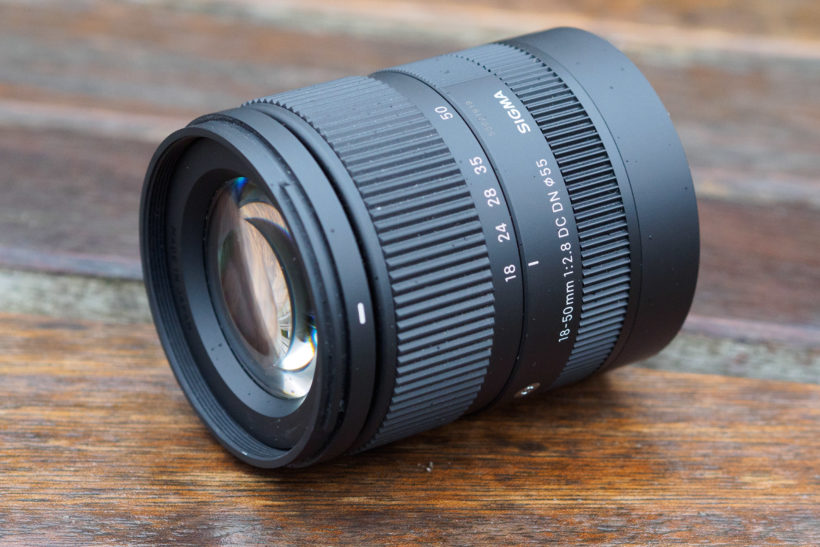
The lens is part of Sigma’s Contemporary series, rather than the Art range. As such, it lacks the very fast apertures and superlative optical performance of the Art-branded glass, but is still a very convincing performer at a more realistic price – you can pick up the 18-50mm for just under £429, making it very good value. By way of comparison, Leica’s Vario-Elmar TL 18-56mm f/3.5-5.6 costs £1400, and Sony’s E 16-55mm F2.8 G costs £1200. You do the maths.
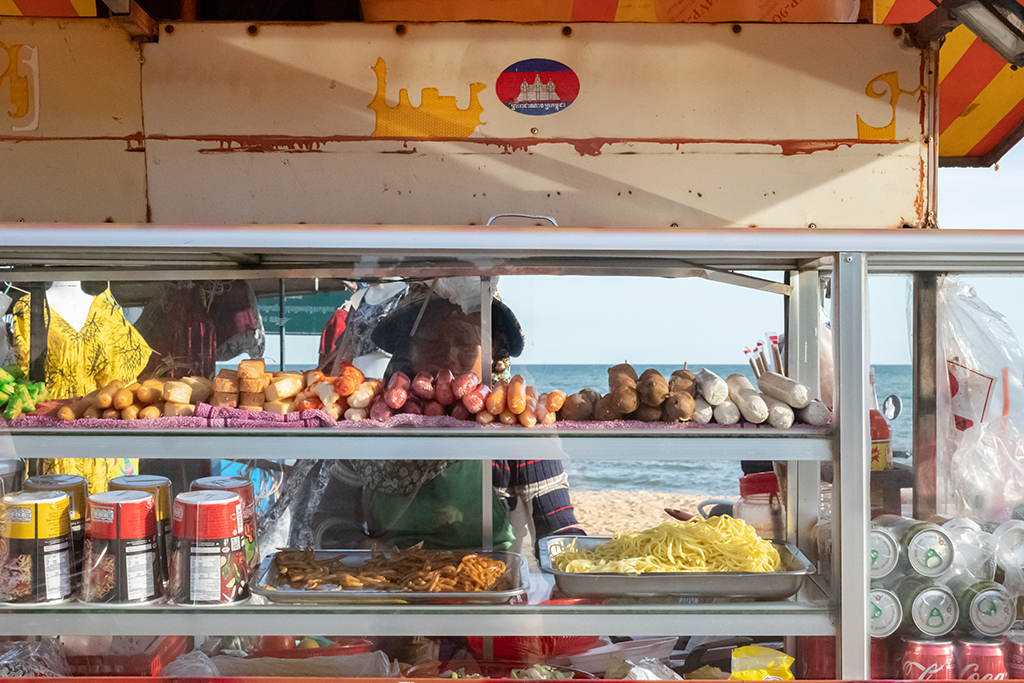
Locking on quickly and nearly silently, the AF is great for quick candids
Key features of the lens include a reasonably fast constant aperture of f/2.8 throughout the zoom range (equivalent to 27-75mm), and the incorporation of 13 elements in 11 groups. These include three glass-moulded aspherical elements and a super low dispersion (SLD) glass element to reduce aberration.
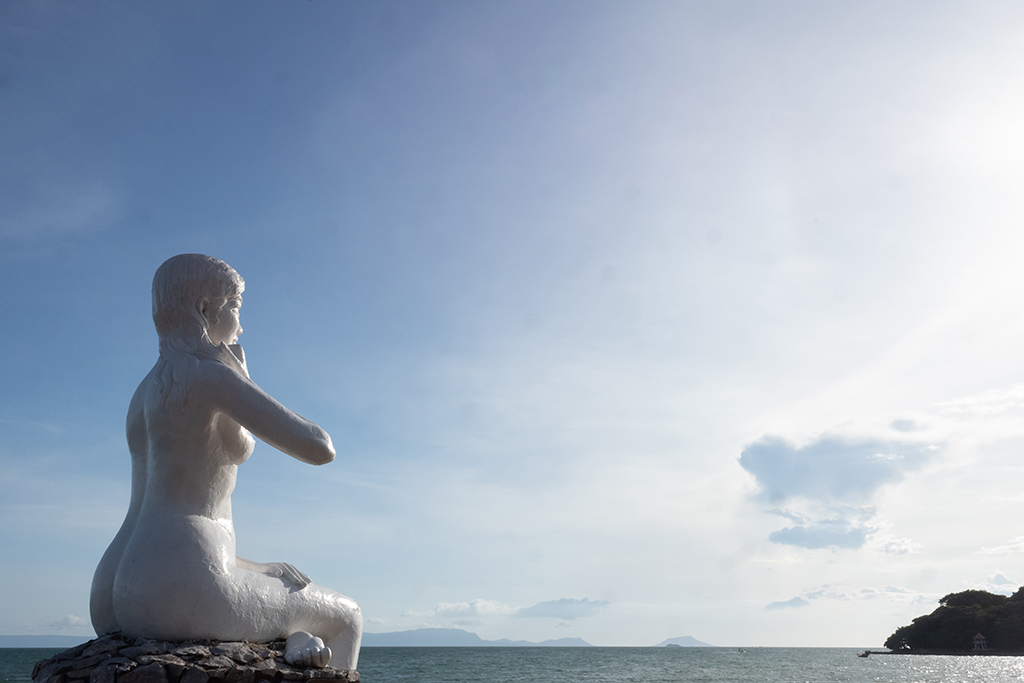
The lens is very light and feels great in the hand, making you want to shoot more and more
A Super Multi-Layer Coating also minimises flare and ghosting while an aperture diaphragm with 7 curved blades delivers generally attractive bokeh.
The goal of Sigma’s Contemporary range is to deliver good optical performance for the money while keeping the weight, bulk and price down. Weighing in at under 300g, the lens won’t become a burden on your travels; it fits neatly into hand luggage, though you do notice the 75mm length when used at full zoom on a compact APS-C mirrorless camera, such as the Leica CL I took on this trip. The lens is wonderfully light though.
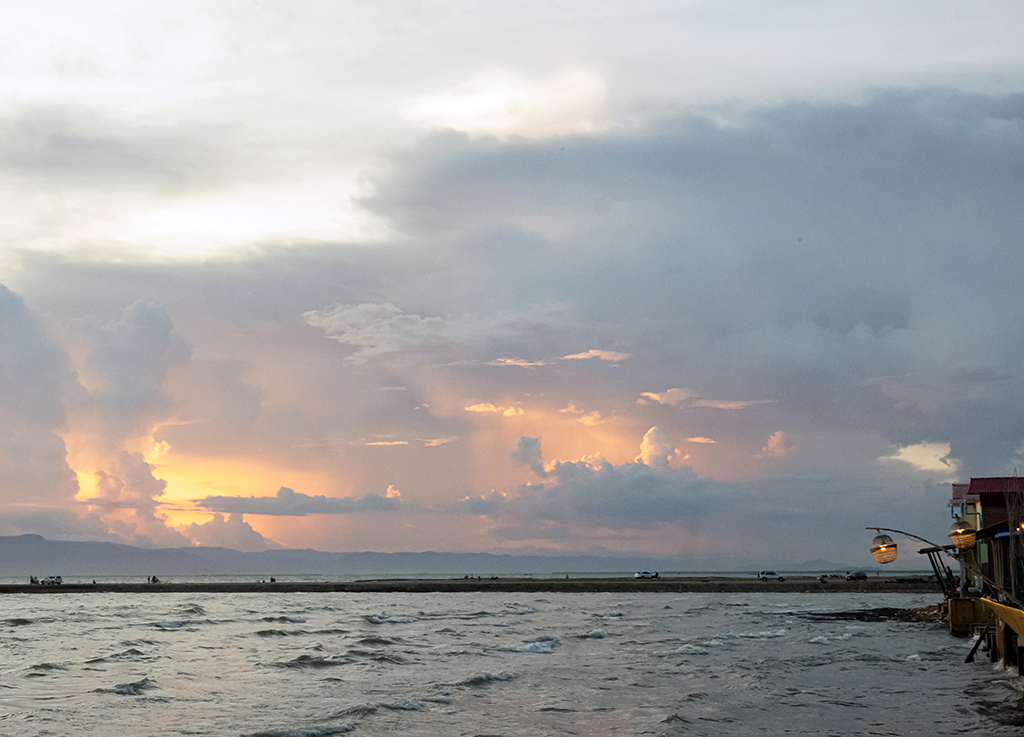
The lens is very versatile for both soaking up landscapes or for close-ups
Build quality is excellent, with the plastic-skinned lens barrel very resistant to scratches and scuffs – again useful when you are on the road. The lens is weather sealed, another bonus for travellers who suddenly find themselves in a tropical downpour, and the supplied lens hood is effective without adding bulk.

At full zoom with the lens hood – fortunately the light weight doesn’t overpower my travel-battered Leica CL
The Sigma is very comfortable in the hand, with a ridged rubberised grip enhancing the very smooth zoom operation. The rest of the design is fairly minimalist, and there’s no AF/MF switch or button to hold focus. While some travellers might find this limiting, at least you don’t need to worry about the lens accidentally switching to manual focus as it goes in out and out of your bag.
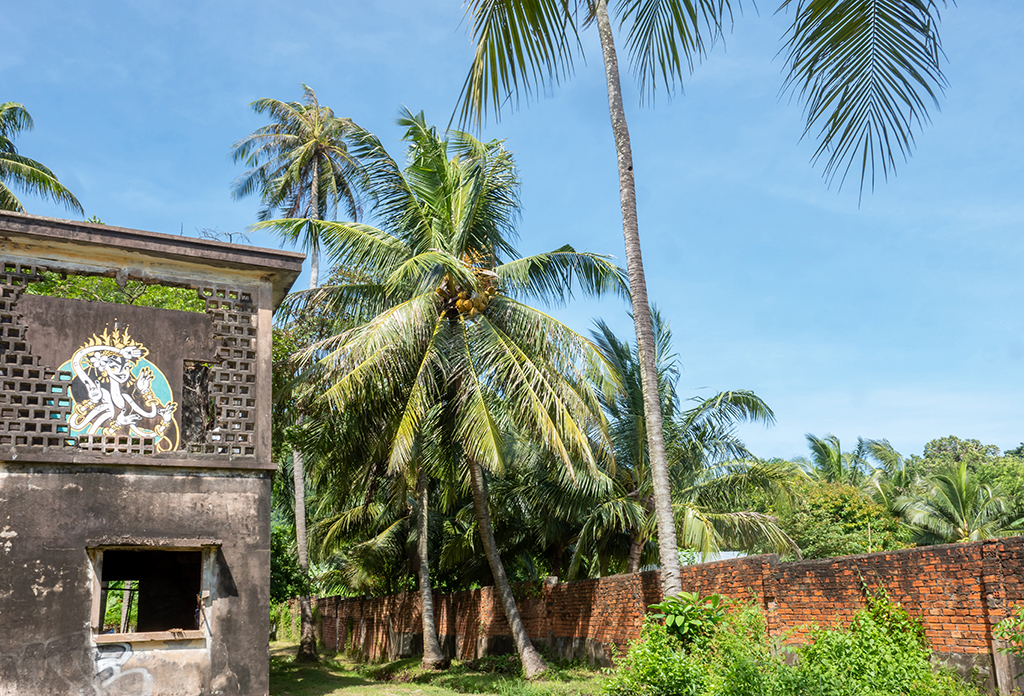
Sharpness is very impressive when stopped down and detail is kept at wider apertures too
As can be seen from the images, the optical performance is very satisfactory. There’s good sharpness at the centre of the frame, even when shooting wide open at f/2.8, with detail preserved out into the corners.
Software correction is built into the design, so make sure any in-camera distortion controls are turned on, or it’s easy enough to make further adjustments when editing the raw files.
The AF is fast, reliable and near silent, based on a Linear Stepping Motor, and the lens is easy to focus manually too. The Sigma is great for close-ups too, offering a minimum focus distance of 0.12m when zoomed out.
Probably the biggest drawback of this lens is the lack of image stabilisation, which becomes more of an issue when you consider that most of the cameras it’s designed for don’t have IS either – my Leica CL being a case in point. Sony users get stabilisation with the higher end A6500 and A6600, however.
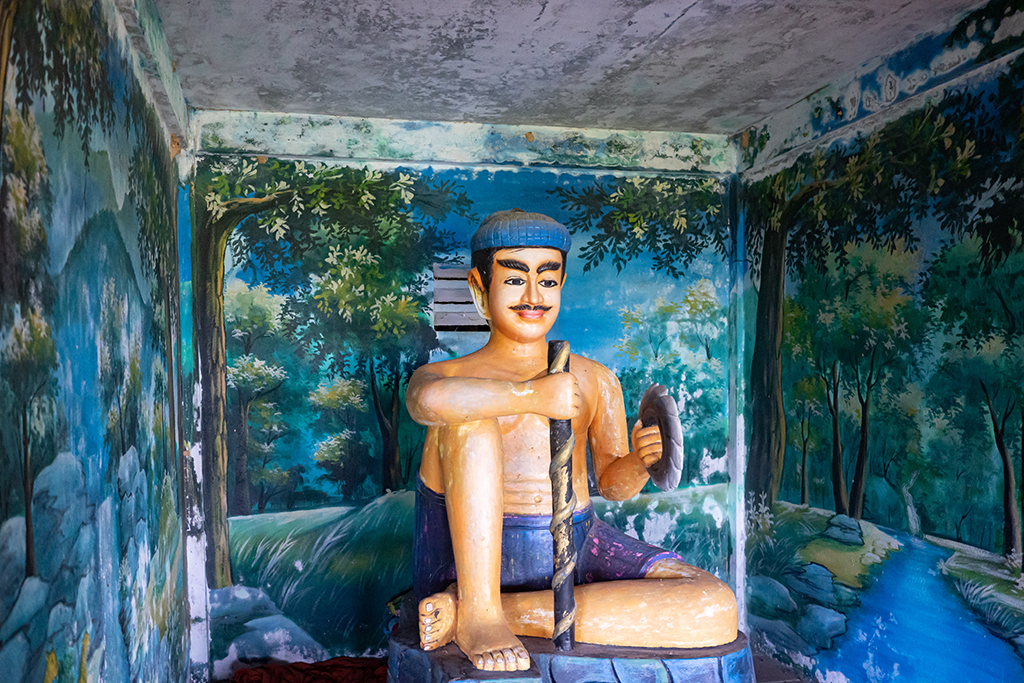
The lack of IS means faster shutter speeds and higher ISOs are needed in lower light
When shooting in low light, you therefore need to keep the shutter speeds up, which usually requires higher ISOs with a greater risk of noise, and as mentioned, the widest you can open up to is f/2.8. There are times I found this restrictive when shooting in poorly lit temples, for example, but it’s not a major deal breaker.
The farthest I like to go on my Leica CL is ISO 6400, which took care of most shooting situations on my trip, but the lack of IS does need to be taken into account should you be considering buying this otherwise very flexible and impressive lens.
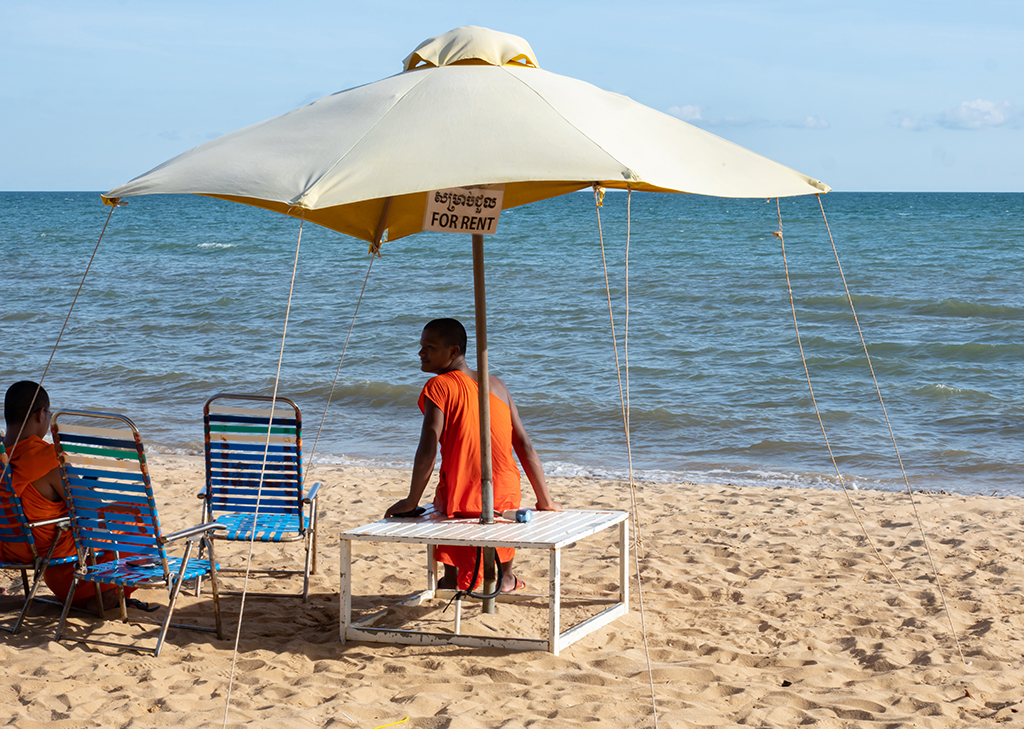
Overall a great budget travel lens
While some users may require a wider option than 18mm, I didn’t find this is a major drawback, while 50mm is perfect for travel portraits.
So long as you don’t mind the lack of IS or on-body buttons, including customisable ones, the Sigma 18-50mm F2.8 DC DN is an excellent everyday zoom for travel photographers who don’t want to be burdened with heavier glass while also keeping the costs down.
Further reading
The best Sony E-mount lenses in 2022








